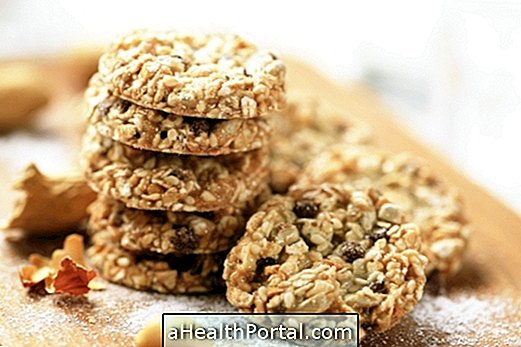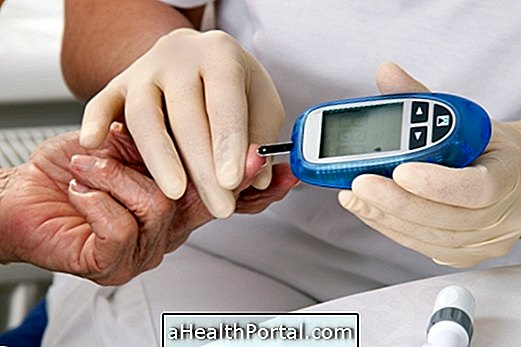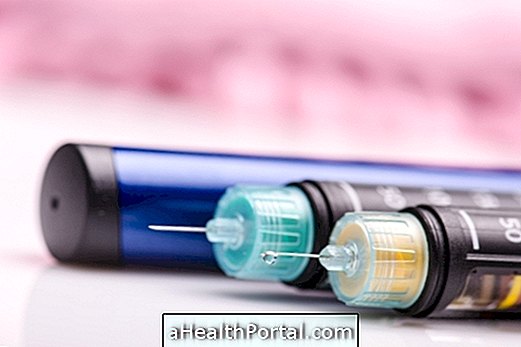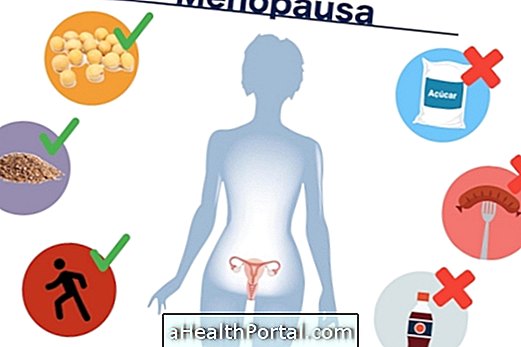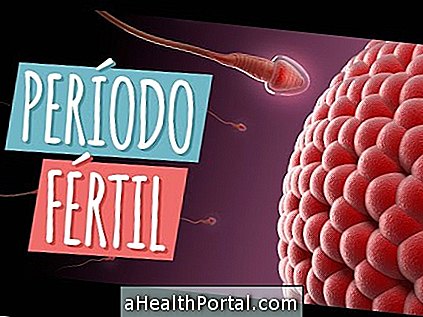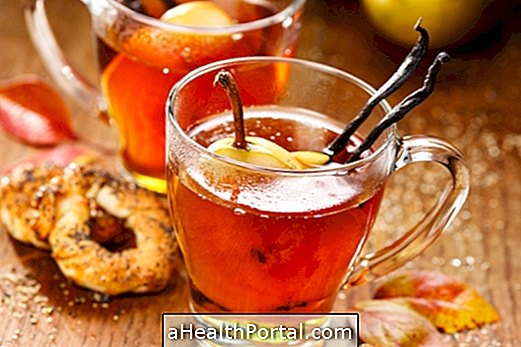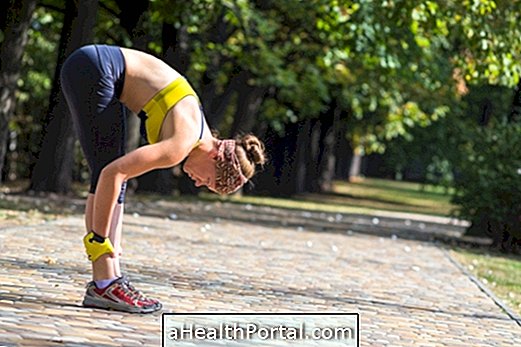Treatment for type 1 or type 2 diabetes is done with medications to control blood sugar levels, with the goal of keeping blood glucose as close to normal as possible, preventing possible complications of this disease, such as retinopathy and renal failure, for example.
To treat type 1 diabetes, it is necessary to use insulin daily. The treatment of type 2 diabetes, for example, is usually done with antidiabetic medicines in tablets, such as metformin, glimepiride and gliclazide, for example, being enough in most cases, or insulin help may also be necessary. In addition, the realization of a controlled diet in sugar and fat and the practice of exercises is fundamental in all cases.
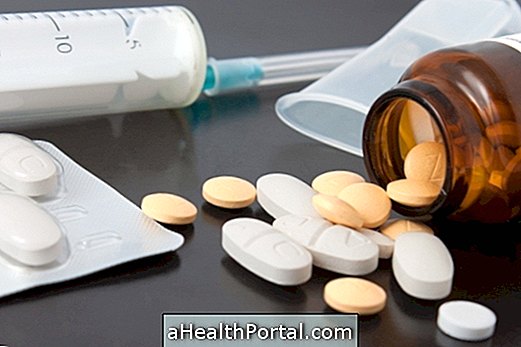
As the most appropriate remedy for each person varies according to several factors, including the type of diabetes, the severity of the disease and the age of the patient, the treatment should be guided by an endocrinologist or general practitioner. To better understand what differentiates types of diabetes, see what the characteristics and differences of types of diabetes are.
Remedies for Type 1 Diabetes
As in this type of diabetes, the pancreas can not produce insulin or produces in minimal amounts, the purpose of the treatment is to simulate the natural production of this hormone, that is, at the same times and quantities according to the needs of each person, to prevent the increased blood glucose.
Thus, to simulate the action of the pancreas, it is necessary that the person with type 1 diabetes use at least two types of insulin, which are:
| Types of insulin | Generic Names | How it is used |
| Fast acting insulin | Regular, Asparte, Lispro, Glulisine | It is usually used before meals or soon after eating to keep glucose levels regulated after eating, preventing glucose from accumulating in the blood. |
| Slow insulin | NPH, Detemir, Glargina | It is usually used only 1 to 2 times a day, since its action lasts from 12 to 24 hours, some reaching 30 hours, keeping sugar levels stable throughout the day. |
These medications can be found in any pharmacy and most are also available in the popular pharmacy, with access by the SUS, according to the medical prescription.
To facilitate application and decrease the number of injections, there are also combinations with insulin preparations, which combine 2 or more types of insulin, with rapid action and slow action.
In addition, one option is to use the insulin pump, which is a small device that stays attached to the body, and can be programmed for the release of insulin fast or slow, according to the need of each person.
Learn more about what are the main types of insulin and how to apply.
Remedies for Type 2 Diabetes
The most commonly used drugs for type 2 diabetes are oral hypoglycemic or antidiabetic drugs, which can be taken alone or combined to control blood sugar levels. Some examples include:
| List of medicines | Therapeutic class | How it works | Most common side effects |
| Metformin | Biguanides | Decreases glucose production by the liver, improves glucose utilization by the body | Nausea and diarrhea |
Glibenclamide, Glimepiride, Glipizide, Gliclazide | Sulphonylureas | Stimulates and increases insulin production by the pancreas | Hypoglycemia, weight gain |
Acarbose, Miglitol | Alpha-glucosidase inhibitors | Decreases the absorption of glucose from food into the intestine | Increased intestinal gas, diarrhea |
| Rosigitazone, Pioglitazone | Thiazolidinediones | Improves glucose utilization by the body | Weight gain, swelling, worsening of heart failure |
Exenatide, Liraglutide | GLP-1 agonists | Increases insulin release, lowers glucose, increases satiety and facilitates weight loss | Nausea, decreased appetite |
Saxagliptin, Sitagliptin, Linagliptin | DPP-4 Inhibitors | Decreases glucose after meals, increasing insulin production | Nausea |
Dapagliflozin, Empagliflozin, Canagliflozin | SGLT2 Inhibitor | Increases glucose elimination through the urine and facilitates weight loss | Increased risk of urinary tract infection |
The newer drugs, such as Exenatide, Liraglutide, Glycins and Glycoproteins, are not yet available through the public network, however, other medications can be found free of charge at popular pharmacies.
In cases where glucose is very high, or when tablet pills no longer take effect, your doctor may include insulin injections into the treatment. However, in order to treat type 2 diabetes, in addition to the use of medication, it is essential to control sugars in conjunction with a controlled diet in carbohydrates, fat and salt, as well as physical exercise. Here's what a diabetic's diet should look like.
Diabetes Remedy for Diabetes?
Diabetes medicines should not be used by people who want to lose weight but who are not diabetic because it is dangerous to health. The drugs used to control blood sugar in the case of diabetes have the effect of losing weight, because with better control of the blood sugar rate the person feels less hungry, and it is easier to follow a diet of weight loss.
However, the use of hypoglycemic agents should not be made by healthy people, who should rather choose to use foods, juices and teas that help control blood sugar naturally, such as cinnamon, passion fruit peel flour and linseed gilded, for example.
Home Remedies for Diabetes
Natural remedies for diabetes are great ways to complement medication treatment because they have properties that help lower blood glucose. Some teas with this function are carqueja, cinnamon or sage teas, for example. Check out the recipes for diabetes teas.
Another great home remedy is the use of passionfruit peel flour as it contains pectin, a fiber that works to lower blood glucose. In addition, another regulator of glycemia is the caetano melon, which can be consumed in its natural form or as juice, for example.
In treating diabetes it is important not to consume foods with high amounts of sugar or carbohydrates such as jellies, biscuits or potatoes. Alternatively, foods rich in fiber such as vegetables, apple, linseed, whole wheat bread and natural juices should be consumed. See which fruits are recommended in people with diabetes.

